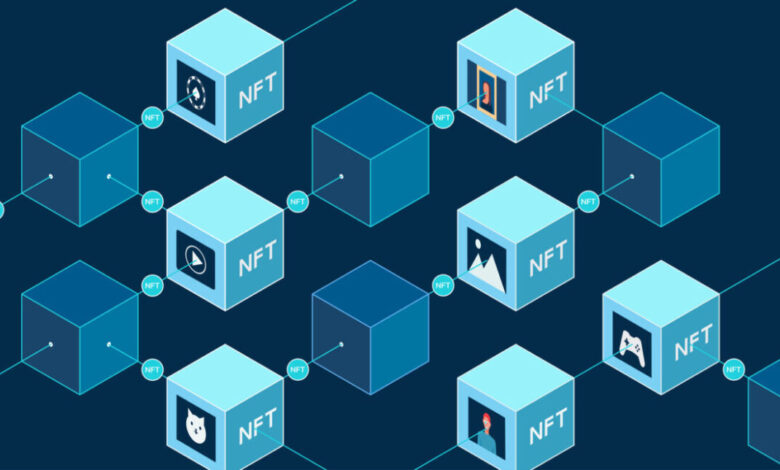What Would it Take to See an NFT Revival?

In recent years, digital currencies have been all the rave. However, the idea that digital assets are exclusively some form of currency is slowly falling by the wayside as different use cases are emerging and being rapidly adopted. This May, The Fintech Times is looking to showcase some of these new methods and explore how the digital asset ecosystem is evolving.
Non-fungible tokens (NFTs) took the world by storm in 2020 and 2021, as seemingly everyone discussed the relatively new concept, and some spent significant amounts to become sole owners of NFT art. However, it didn’t take long for the bubble to burst and the hype to die down.
Most NFTs saw a significant reduction in value as interest in the concept rapidly reduced across the globe. However, in the last couple of years, behind the scenes, some developers have continued to bet on the technology for other use cases.
But can NFTs truly make a comeback, even to half of the extent of popularity seen a few years ago? To find out, we asked industry leaders what it would take for us to see an NFT revival.
“Not what we had before,” says Martin Goycoolea Scott, product lead and builder of DeFi wallet Zeal. “The issue with NFT art or NFT profile pics is that they’re by definition scarce, exclusive, and limited. We need NFT use cases that transcend the membership or club experience in a way that facilitates the ownership of digital or physical products. My bet would be that either financial instruments (real-world assets) or games will make NFTs more mainstream.”
NFTs and crypto are linked
Where cryptocurrencies succeed, NFTS will too, according to Karen Jones, founder and CEO of Citywealth, the wealth management platform.

“NFTs work side by side with crypto which in 2024 is recording bitcoin at over $70,000, an all-time high, so a revival will come with price upswing. NFTs are mainly a marketplace for people who understand crypto and it’s driven by tech and art.
“Some of the most expensive NFTs pay lip service to financial trading memes like the Bored Ape Yacht Club, so it has always remained in the background, but the humble NFT has now morphed into other positions, giving it a ‘revival’ in new places. It has manoeuvred into a ‘token’ and tokenisation along with spot BTC ETF are now over the line into banking institutions.
“Damien Hirst using digital company Heni has continued throughout ups and downs of the NFT world with his digital ‘twins’. See him use NFT terminology to ‘burn’ real-world art (assets) when he sold some art pieces and asked the buyer to decide – digital or real-world physical. Turning NFTs and art into theatre and fire.
“There is no doubt that museums will also see the benefit of digital twins for major art exhibitions and artists. Imagine taking a limited edition Mona Lisa home on your phone? The financial opportunities for fundraising are endless.”
Real-world assets are the ‘new NFTs’
By embracing another use case, NFTs have already begun their own revival, says Billy Sebell, executive director of the XDC Foundation, an open-source blockchain protocol specialising in tokenisation for real-world assets (RWAs) and decentralised finance.


“In a sense, NFTs are already seeing a revival. RWAs are the new NFTs. Through NFTs, we know that by digitising a real-world asset on-chain, that asset becomes tokenised, and its rights of ownership can be held, traded, or used as collateral for other investment instruments.
“With the increased confidence in blockchain technology’s capabilities, fintech innovators will create high-demand RWA projects in areas that stretch beyond the current landscape.
“RWA tokenisation will solve problems in big industries such as trade finance, where the $5trillion trade finance gap has long limited micro, small and medium enterprises (MSMEs) from participating in global trade.”
‘NFTs could evolve into essential tools’
Bryan Daugherty, global public policy director at Switzerland-based global non-profit industry organisation BSV Association, also suggests that a shift in use case is exactly what the space needs to return to success.


“For an NFT revival, the focus must shift from speculative trading to emphasising practical utility and tangible benefits. NFTs could evolve into essential tools for various interactions and transactions in both digital and physical realms.
“For example, they could provide exclusive access to events and content, represent ownership in tangible assets like real estate, enable unique experiences for fans and consumers, and facilitate secure digital identities and memberships.
“By enhancing their functionality and integrating them into everyday activities, NFTs can achieve sustainable growth and wider acceptance.”



